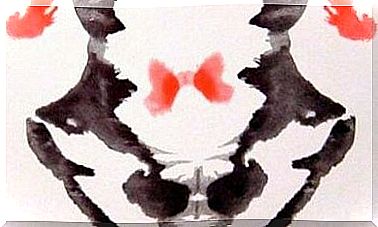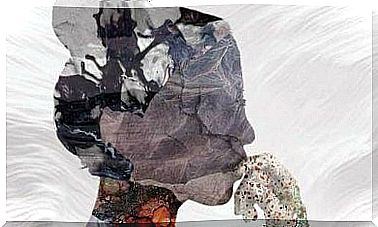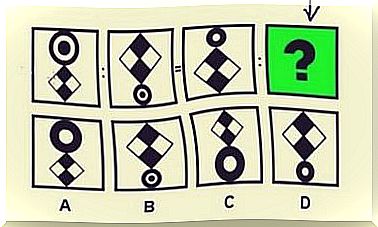Trigeminal Neuralgia: Symptoms And Treatment
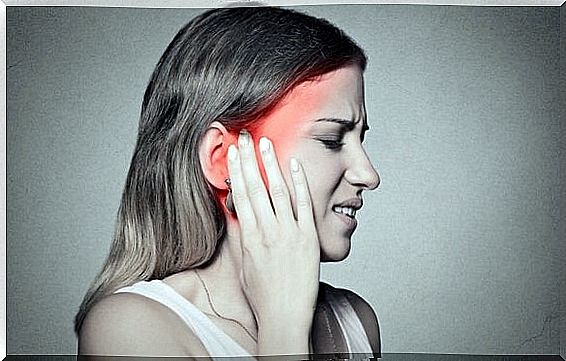
For many, trigeminal neuralgia is the most painful disease they can suffer from, to the point of sometimes being the direct cause of some suicides. It is a disorder of a cranial nerve that reacts by producing violent electrical discharges in response to the simplest stimuli: talking, eating, a change in temperature, etc.
It is not a simple headache nor a migraine. Those who have the misfortune of having to live with trigeminal neuralgia know that analgesics are useless and, in many cases, not even morphine can provide relief. In these cases, only anticonvulsants make it possible to lead a more or less functional life; in exchange, however, for the side effects associated with these drugs.
It is possible that from the outside this pain may seem exaggerated. However, it is no coincidence that it is considered “suicidal disease”. Classified for the first time in 1672, there is evidence of this ailment much earlier and is described as one of the most debilitating and intense pains a person can suffer. Today, it is estimated that trigeminal neuralgia affects between 8 and 12% of the population, and although it is a chronic disease, there are treatments.
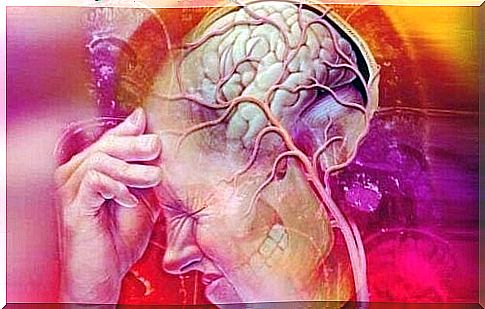
What is trigeminal neuralgia?
Trigeminal neuralgia affects the fifth of the twelve pairs of cranial nerves. It should be emphasized that this nerve has the particularity of being the longest of all those that develop in our head. Let’s see how it extends to better understand how pain radiates:
- This nerve has three branches, the first is the ophthalmic or superior one, which radiates a painful sensation that can start from the scalp to extend towards one side of the forehead and towards the eye of the part in question.
- The medial branch stimulates the cheek, upper jaw, upper lip, teeth and gums of the upper mouth, and one side of the nose.
- The mandibular, or lower, branch produces the physical sensations of the lower jaw, teeth and gums of this part of the face, as well as of the lower lip.
On average, patients with trigeminal neuralgia usually experience pain in only one side of the face. However, there is a rare condition known as bilateral neuralgia that causes pain on both sides of the face.
What are the symptoms of trigeminal neuralgia?
Symptoms associated with trigeminal neuralgia can vary. However, there are the so-called “trigger zones” or “trigger points”, ie areas that, when stimulated, respond with intense pain, such as a strong electrical discharge that can last seconds, minutes, up to even two hours.
- Simple actions such as touching the face or a caress can trigger pain in the face.
- Changes in temperature, the act of chewing, talking or suffering from bruxism are situations that trigger the physical and disabling sensation of neuralgia.
- The pain follows a path that can go from the scalp, passing through the eye, from the ear, up to the jaw.
- After this intense and deep electrical discharge, for an hour or two the person cannot eat, drink and sometimes not even open their eyes; in other words, until the inflammation of the nerve is reduced.

Causes of trigeminal neuralgia
Trigeminal neuralgia does not have a single cause; in fact, this condition is associated with a wide variety of determinants. Let’s see some of them to better understand the complex reality we are talking about:
- It usually has a genetic origin.
- Often, and as can be seen by MRI, there is a blood vessel that puts pressure on the trigeminal nerve as it exits the brain stem. This compression generates wear and tear on the myelin, the layer that protects the nerve; as a result, intense electrical discharges may occur.
- Injuries caused by traumatic accidents or even facial or oral surgeries can this neuropathic pain.
- It is important to underline that a good number of subjects suffer from type 1 trigeminal neuralgia, in other words, cases in which it is almost impossible to identify the origin of the disease.
What treatments are there?
One fact we need to take into account about this neuropathic disease is that not all cases are the same. Some people experience this pain for two consecutive months and then see it go away for another period of time. There are those who suffer from it daily, those who have neuralgia on both sides of the face and those who have managed to keep the triggers under control to enjoy a better quality of life.
The therapeutic approach, therefore, will be different for each person. However, let’s see the most common strategies:
- Anticonvulsant drugs are usually the most effective for treating trigeminal neuralgia. Drugs such as carbamazepine, oxcarbazepine, or gabapentin are typically the most common.
- Tricyclic antidepressants such as amitriptyline or nortriptyline are also given in these cases to reduce pain.

When drug treatment doesn’t work, the only option is surgery. In these cases you can opt for the following interventions:
- Rhizotomy: to temporarily neutralize or compromise certain nerve fibers so that they do not produce pain.
- Glycerol injection: an outpatient procedure by which the fibers surrounding the trigeminal nerve are neutralized. It is a cure that lasts at least two years.
- Radiofrequency with thermal injury: this is also an outpatient procedure where an electrode damages the nerve fibers that cause pain. It is a temporary solution.
- Microvascular decompression, the most invasive (and effective) of all surgeries. A small incision is made in the mastoid, to then remove the blood vessel that compresses the trigeminal nerve by means of a “cushion”.
To conclude, there are several approaches to solve this chronic disease which affects between 8 and 12% of the population. However, it is also known that between 70 and 80% of patients respond well to drugs without having to resort to any surgery. It would only be a question of taking into account the personal characteristics of each patient in order to improve their social and personal life.



